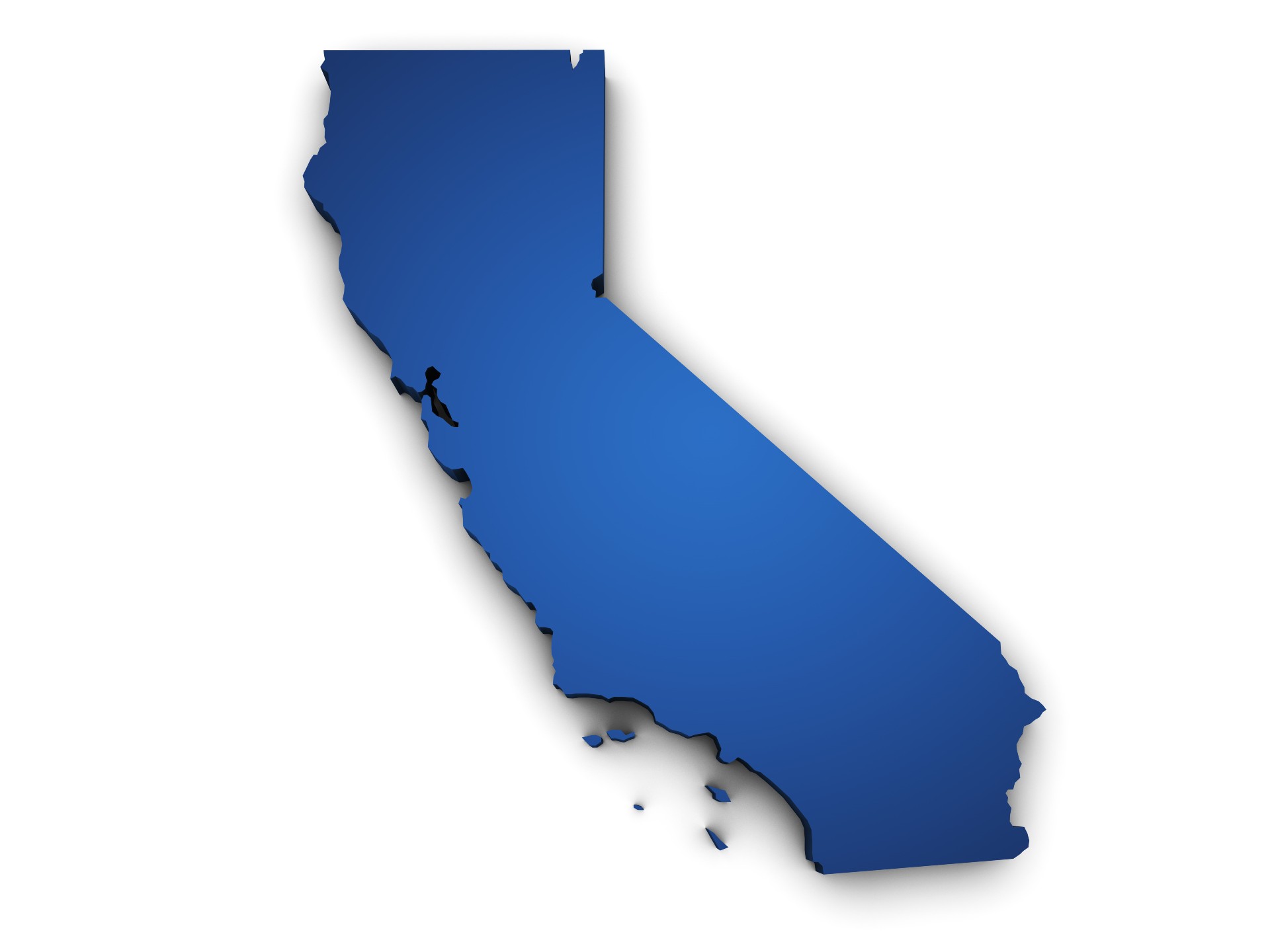Aquatics facility maintenance and operation is a critical component of maintaining health and safety. Past outbreaks have commonly found operation and maintenance lapses to be serious contributors to disease outbreaks and injuries.
The Facility Maintenance and Operation Technical Committee sought to lay the foundation for operational improvement. This included examination of all aspects required for an aquatics facility to be maintained and operated in a safe, sanitary manner to reduce illnesses and injuries, including preventive maintenance; maintaining the facility’s structural integrity; providing recommendations for seasonal start-up and closure procedures; routine maintenance procedures during the operating season for facility cleaning and disinfection, including food and beverage service areas; ensuring proper operation and maintenance of disinfection, lighting, ventilation, and electrical equipment; and record-keeping requirements.
Here are five specific questions the Facility Maintenance and Operation Module addresses, and a summary of the recommendations for each.
1. What are the necessary steps to safely close and reopen an aquatics facility for long as well as short-term closures?
Recommendation: Long- and short-term closures both lead to concerns about maintaining water quality and patron safety. Using a cover will help prevent patron entry. Recirculating and treating water during short-term closures and using a cover for long-term closures will help prevent the pool from becoming a breeding ground for vectors such as mosquitoes.
2. What should the operations manual and equipment inventory for an aquatics facility include?
Recommendation: Operations manuals should include:
• Fecal/vomit and body fluid contamination response protocols
• Basic information, chemical data, and operation and maintenance instructions. Any added features, renovation work and new code requirements.
• A summary of key criteria for each aquatic feature
• Chemical data for each chemical system in the facility
• Instructions for the operation and proper maintenance of the aquatics facility
Create a maintenance log with dates and activities for future planning and budgeting. Accurate records should be maintained, including personnel, budget and equipment. The equipment inventory should include:
- Equipment name and model number,
- Manufacturer and contact information,
- Local vendor/supplier and technical representative, if applicable, and
- Replacement or service dates and details.
3. What should daily records of pool operation and maintenance at an aquatics facility include, and which operational items should be inspected daily?
Recommendation: Monitoring and testing records should include:
• Disinfectant residuals, pH and combined chlorine concentrations logged when measured
• Operating pressures of water recirculation pumps and filters, and the corresponding rate of flow meter readings, logged daily
• Amounts of chemicals added, along with kind and amount of chemicals received at facility
• Cyanuric acid levels (if used)
• Equipment maintenance and malfunctioning, including dates and times of all equipment calibration
• Pool water temperature when sanitizer and pH tests run (if heated)
• Time of filter backwash or cleaning, logged weekly
• Calcium hardness, total alkalinity and Saturation Index
• Microbiological testing — dates/times samples were taken, and the results
• Any equipment failure, power outage or error resulting in the interruption of the circulation, filtration or disinfection systems for more than one hour
• Daily attendance at the facility. A guest sign-in book can be used for this purpose.
Inspection results including, but not limited to, the following should be recorded daily before the pool opens:
- Skimmer baskets, weirs, lids, flow adjusters and suction outlet lines are free of any blockage
- Inlet and return covers and other fittings are in place, secure and unbroken
- Safety warning signs are posted around the pool or spa, including emergency instructions and phone numbers, and
- An entrapment prevention system that is operational is on the pool.
4. What should a comprehensive plan for preventive maintenance at an aquatics facility entail?
Recommendation: The best maintenance plan is one that follows the manufacturer’s and pool designer/engineer’s recommendations for all equipment.
A pool maintenance plan is similar in many ways to the purchase of a new vehicle. When a new vehicle is bought, a manufacturer’s maintenance schedule is included. The schedule lists the maintenance items that should be followed, such as rotating tires, changing oil and performing major tune-ups.
Likewise, the pool operator should perform an inventory of all equipment used in the pool operation. For each piece of equipment, the operator should develop a list and schedule of maintenance items. By following this maintenance schedule, the operator can help prevent costly repairs in the future.
Aquatics facilities need increased sophistication in plan maintenance and monitoring.
5. How should excessive glare and reflection on the pool surface be mitigated?
Recommendation: Windows and natural lighting need to be evaluated seasonally and throughout the operating day. Light levels also may be altered by dirty windows. Ensure that windows are cleaned regularly to eliminate any buildup of material that would affect light transmission. In addition to discomfort, annoyance, interference and eye fatigue, glare reduces the visibility of an object.
Without clear vision, there are increased chances for accidents that can cause injuries or potential drowning. Glare can be from reflections as well as direct lighting problems.
The Facility Maintenance and Operation Module recently closed its public comment period. The next steps involve a review and response by the MAHC Steering Committee and the Technical Committee, as necessary.
Once all sections have been posted for public comment and those comments are considered and addressed, the entire Model Aquatic Health Code will be posted for another comment period prior to final publishing.



